According to a survey by Curata, 42.5% of companies increased their content marketing staff levels in 2016.
It makes sense that the content marketing industry is taking off. Content marketing costs less than traditional marketing yet generates 3x more leads.
In fact, blogging is one of the best ways to drive inbound traffic and convert visitors into leads.
Let me be even more direct: Blogging should be one of your top priorities in your marketing strategy.
But, not everyone has taken this advice to heart.
70% of marketers lack a consistent or integrated content strategy.
Most marketers don’t have a plan to grow their blog, create quality content, and capture more leads.
And with millions of blog posts being published every day, it can be hard to stand out and rank for your target keywords.
This means that not only is producing great content more important now than ever, but it’s also harder than ever to bring in new leads.
That’s why a solid content strategy is essential.
Without it, you can kiss those blog-induced leads goodbye. And, if you’re making the common mistakes that many bloggers make, your traffic will suffer.
Your blogs have to be high quality and relevant enough to bring in traffic and capture leads.
Here are the five common mistakes that most bloggers make (and how to fix them).
1. Not capturing leads on your blog
A common mistake I see in the blogging world all the time is failing to capture leads on posts.
Most people write the blog post and then leave it out in the ether. They expect traffic and conversions just to happen.
But that doesn’t work. Collecting emails should be a top priority.
So don’t be passive about it!
Why? Email content marketing generates, on average, a 38x return on investment.
That means every dollar spent brings back $38.
And it’s no secret that email marketing is a huge factor for most businesses. 73% of marketers have said that email is a key component to their overall business strategy.
Even still, most fail at collecting leads on their blog posts.
Let me show you just how powerful collecting emails can be:
That’s the traffic to my blog from my email list back in its infancy: only 3,612 people.
On Quick Sprout, over 16% of our blog traffic for every post comes from email marketing to our newsletter list.
On top of that, over 35% of Quick Sprout’s blog post comments came from my email list.
Now, I use lead capture tools all throughout my blog so that my content is serving a purpose other than driving empty, unconverted traffic.
You can use Hello Bar to fix this problem and start capturing more leads. They have a free version that gives most blogs a test-drive period.
To get started, head over to HelloBar.com and type in your website URL.
Then, sign in with your Google account and select your main goal from the list of options.
In this example, we want to select “Grow Your Mailing List” because that is the most effective way to collect leads on your blog posts.
Next, customize the bar’s text and button to your liking.
You can also edit the style of your Hello Bar design to match your current website.
You can even edit different fields and decide which are most important for you to capture.
Your finished product will show as a preview on the right-hand side on your current website.
To get it fully installed and start capturing leads for free, simply head to your settings on the dashboard and install the WordPress plugin, or install the HTML code if you don’t use WordPress.
And that’s it! Now you can start to capture tons of leads on your blog posts, and you won’t lose that traffic for good.
After all, you didn’t just write that 2,000-word blog post for fun, right?
2. Not consistently writing
Another huge mistake in blogging is not writing on a consistent basis.
This problem also includes not keeping a regular blogging schedule.
Blogging more often is crucial if you want to collect more leads and acquire more customers.
The more you blog, the more traffic you get, and the more customers you acquire.
It’s pretty simple. Producing more content means you’ll be delivering more value.
The more value you give away, the more leads and customers you’ll attract.
I blog daily because I know that more blog posts mean more inbound traffic for my business.
I mean, look at Buffer’s traffic when they stopped blogging for just a short period:
They saw over a 4% drop in traffic. That’s 40,000 fewer visitors!
The same thing happened to me when I tested this a few years back. I dropped just a few posts from my schedule and noticed a dip in traffic of 10,000.
Sometimes, you have to learn these lessons the hard way. I will never make that mistake again.
Now, I consistently post content every single day.
But I also know what you’re thinking.
It can be tough to post more than 16 times per month. There’s only so much you can write about, right?
It doesn’t have to be.
Here’s how to fix your inconsistent writing and publishing troubles once and for all.
Use HubSpot’s Blog Ideas Generator for content ideas.
Are you spending hours each day coming up with blog posts for next month?
Do you have writer’s block?
I get it. Coming up with blog post topics and headlines drives me nuts.
But there’s a tool for that.
One of the easiest ways to create an angle for your next blog post is to use HubSpot’s Blog Ideas Generator.
To get started, just type a keyword into the first box and hit “Give Me Blog Ideas!”
Now, you’ll have multiple blog ideas and topics to schedule for your entire month of blog posts, without having to spend time coming up with them.
Simply repeat this process for multiple different topics that you want to target, and proceed to the next step!
Schedule ideas in your calendar.
Getting blog post ideas handed to you on a silver platter is a huge help.
But those ideas won’t do you any good unless you get serious and take action.
Now that you’ve got your topics, you need to schedule your content so that it actually gets done!
If you use WordPress, you can download a plugin to create your own editorial calendar.
Or you can start to add your blog post ideas into designated time slots on your Google Calendar like I do:
Once you start to schedule out your blog posts, it gets much easier and more efficient to write 16+ posts per month.
3. Thinking that every blog post will go viral
I can’t wait to check the traffic numbers whenever I publish a new blog post.
I sit by analytics all day to monitor how well it does.
It’s our instinct as content creators to think that every piece we create is going to be the next viral hit.
We all want the fame and glory, but most of the time, it’s an unrealistic expectation.
The truth of the matter is that not every blog post you write will go viral or get 100,000 visitors a day.
It just won’t happen.
In fact, only 1% of blog posts online get over 1,000 shares.
And the majority get under 100! So getting discouraged about your blog posts not going viral isn’t worth your time.
But thankfully, you can use one of my favorite tools to drive more traffic every time.
Here’s how.
Use Google Trends to scout viral topics.
Google Trends is a great tool to see what topics and keywords are trending.
It’s a useful time saver and can help you assess whether targeting specific topics and keywords is worth your time.
For example, I recently thought about writing a local SEO article.
So, I searched for it on the Google Trends page, only to find that the topic was actually declining.
I’m obviously not going to put my time into something that people no longer want to read.
Crisis averted.
On top of that, Google Trends will also show you the current viral topics and stories that you can use to piggyback traffic from.
For example, the solar eclipse or “Game of Thrones.”
You could now write a blog post like, “How Game of Thrones Inspired My ___ Strategy.”
Associating Khaleesi to something like SEO might be tricky, but it would definitely get some attention!
4. Not writing in a clear style
Have you ever started to read a blog post and clicked out of the page within the first few sentences?
I know I have.
Why? Because there was no hook.
No hook typically translates into a boring piece. And then it’s not worth your time.
There wasn’t a good angle, and the post didn’t offer any incentive to keep reading.
A good hook and angle is one that presents a problem or issue that the reader is facing.
It’s a problem that will continue to impact the reader if they don’t take action to fix it.
You need a good hook, and you need to get it out there fast. The median average time spent reading a post is just 37 seconds.
That’s almost no time to get people to sit up and take notice. 37 seconds isn’t long to convince someone to invest their own precious time.
Thankfully, there are a few strategies that you can use to create more engaging content.
This proven blogging formula, for instance, helps you write in a clear and concise manner and keeps users around to read your entire post:
Agree Promise Preview (APP).
Agree Promise Preview, or APP is one of my favorite blog writing techniques.
It was developed by Brian Dean of Backlinko. Here’s what it looks like:
It starts by acknowledging and concurring with an idea that your blog visitors will agree with.
For example, Brian highlights this technique in his opening sentences here:
He gets the reader to relate and agree with him, right away, on the struggles and problems that they are facing.
Then, he uses the Promise step to set the proverbial hook.
And then he nearly guarantees the reader’s attention with his Preview.
This formula works. And it’s not the only one out there.
Instead of freestyling your writing, stick to proven formulas that drive engagement and make people stick around for the long haul.
5. Not writing long-form content
I get it. You are already stretched for time.
And sitting down to write a few thousand words about the trending topic today isn’t a quick task.
That’s probably why one of the biggest mistakes I see in the blogging world is the lack of long-form, actionable content.
But long-form content works. It generates more than 9x the number of leads of short blog posts.
The average blog post is just over 1,000 words. And that is nowhere near long enough to be considered “long-form.”
On top of that, only 18% of companies’ blog posts are 750 words or more.
This is a giant mistake. The top-ranked content on SERPs is much longer on average.
Almost every page in the first ten positions is 2,000 words or longer.
These posts that rank on the top page of Google are there for a reason.
They’re long, actionable pieces that help solve searchers’ problems. They are how-to style posts that help users correct mistakes or set up new systems.
If you want to get more leads and traffic, you can’t be writing 750-word blog posts and calling it a day.
It won’t work, and you’re wasting your time.
You need to be focusing on producing content that people can use.
Like this very post, for instance. I am breaking down how to fix the most common blogging mistakes. It’s actionable information you can use!
The thought of creating longer, more actionable blog posts might scare you, but it can be done. Here’s how.
Back up your assertions.
One of the biggest mistakes I see in short blog posts comes from either explaining the problem and not offering a solution…
Or using one sentence to explain the problem and then quickly providing a non-actionable solution.
For instance:
“To fix this, simply use MailChimp as your email program.”
Great. Thanks for all the help.
Instead, you need to offer step-by-step help to solve the problem at hand. Just giving readers a tool or platform without explaining it doesn’t solve much.
And on top of that, you need to back up your assertions. You can’t simply say “SEO is dead and a waste of time” without hard data.
Tell me why I should believe you!
Instead, you can grab statistics to back up your claims.
The trick is to look for lists of statistics.
That sounds crazy, right? But check out this example from Curata to see what I mean:
These sites are filled with data and studies to help solidify your arguments and shed light on real problems.
MarketingProfs has an on-site search function that you can use to search for data on your topic.
Simply search for your topic, like “content marketing ROI.”
Now you’ve got nearly 10,000 results of content full of charts and data.
Use this data to better explain the problem and agitate it. Make your readers fully aware of their need to fix their problem.
Then, entice them to take action.
Be more actionable.
I often see blogs that lack any actionable content.
This is a big mistake.
A blogger will make an assertion like, “SEO is difficult for beginners because you don’t have a good domain ranking. But, you can fix it easily.”
But then they don’t offer the steps on how to “fix it easily.”
This isn’t a hard task, though. To start, write how-to blog posts with tools that you’re familiar with.
For example, look at this post I wrote on fixing a failing lead-generation strategy:
I walk the user step-by-step through the process, taking screenshots of everything.
You can do this with tools like Evernote, which lets you snap screenshots and add annotations fast.
Once you take a screenshot, you have tons of annotation options to help guide users through any process.
If you want to provide truly actionable content, using detailed screenshots is a must.
Conclusion
We already know that more than 40% of companies worldwide planned to increase their content marketing staff levels.
Why? Because they understand the importance of blogging as a means to drive traffic and produce more leads.
Content marketing costs less than traditional marketing, and it brings in 3x as many leads.
My point? If you haven’t been dedicating time to a consistent, robust content marketing strategy with a heavy emphasis on blogging, now is the time.
But do your best to avoid the common blogging mistakes of newbies and veterans alike.
Capture leads from your posts, create a consistent blogging schedule, and use viral topics that will get attention.
Make sure to use proven methods like the APP style that will hook your readers in fast.
And as always, be sure to write actionable, long-form content that benefits the user.
Effective, quality blogging can take time, but it will be worth it.
Trust me.
What are some blogging mistakes you’ve made in the past, and how did you fix them?

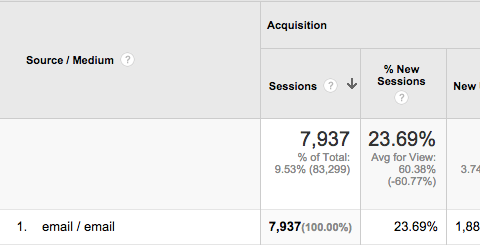

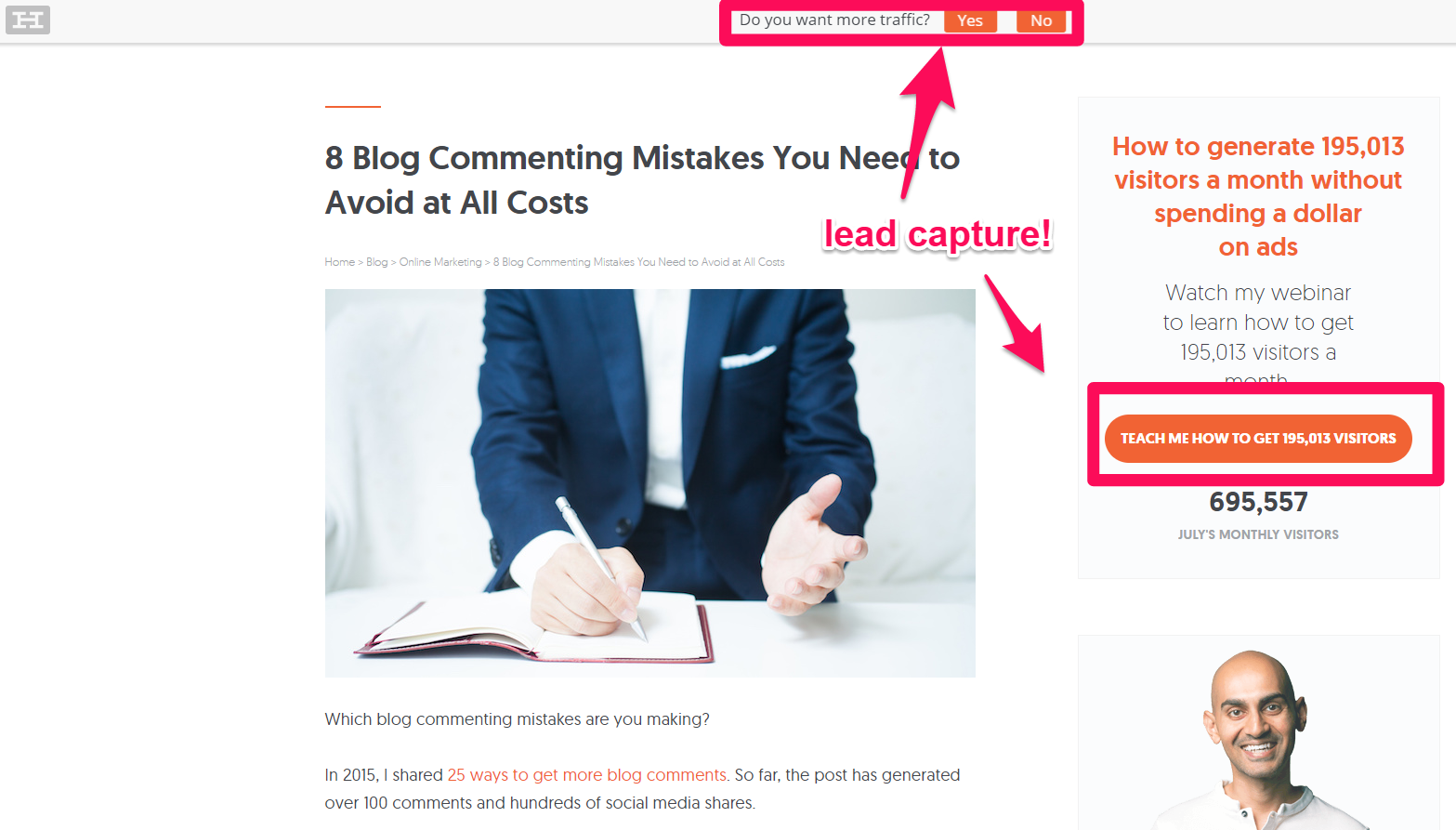
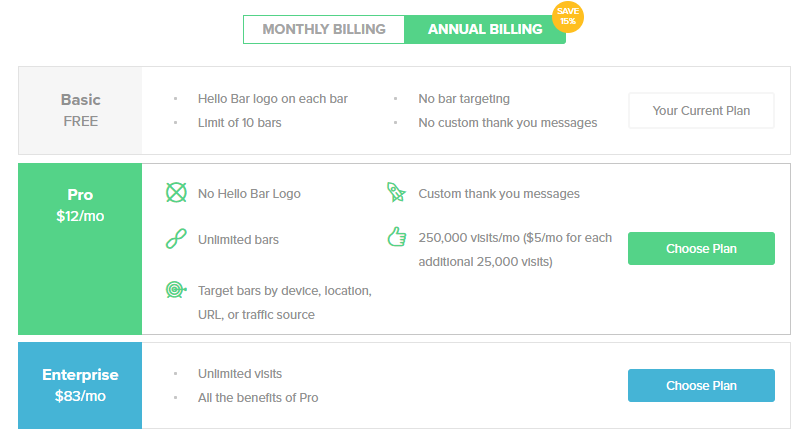


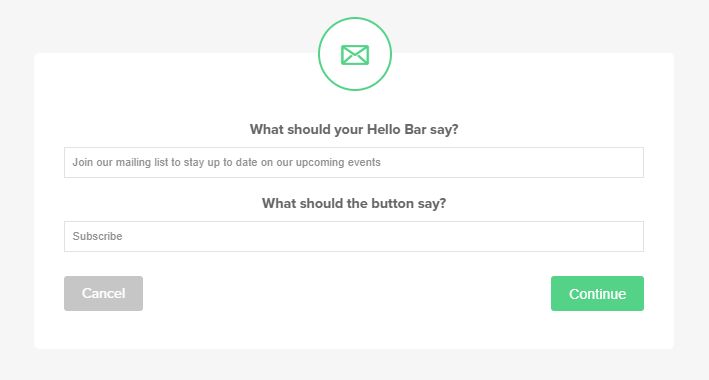
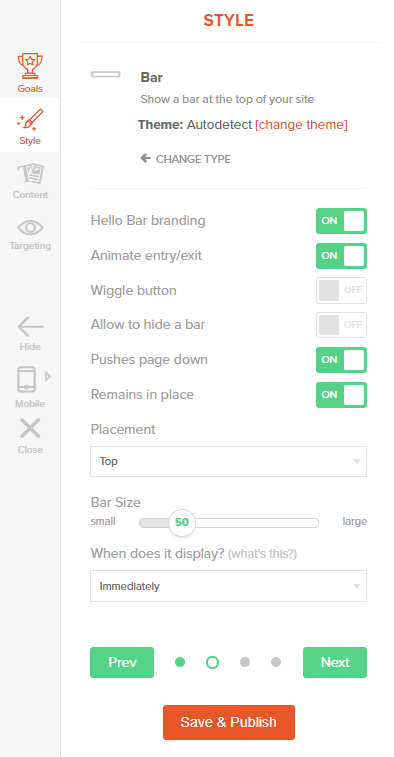
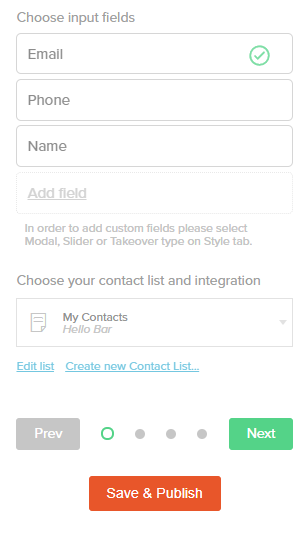

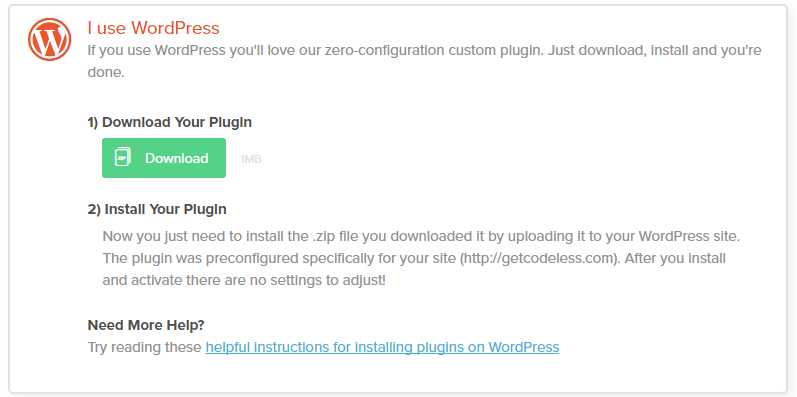
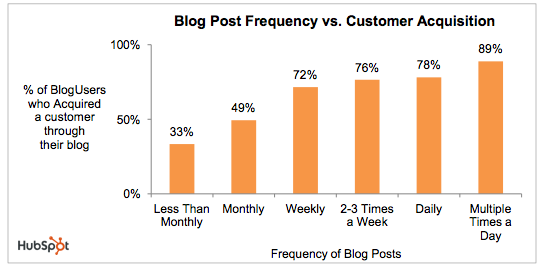
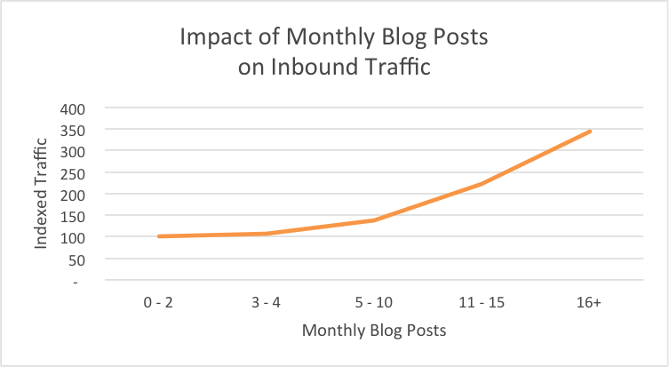
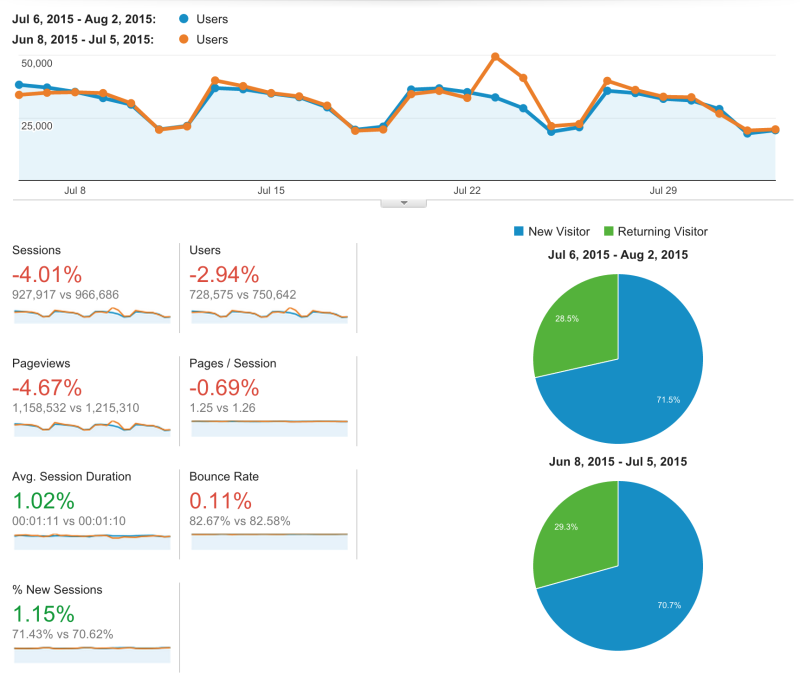



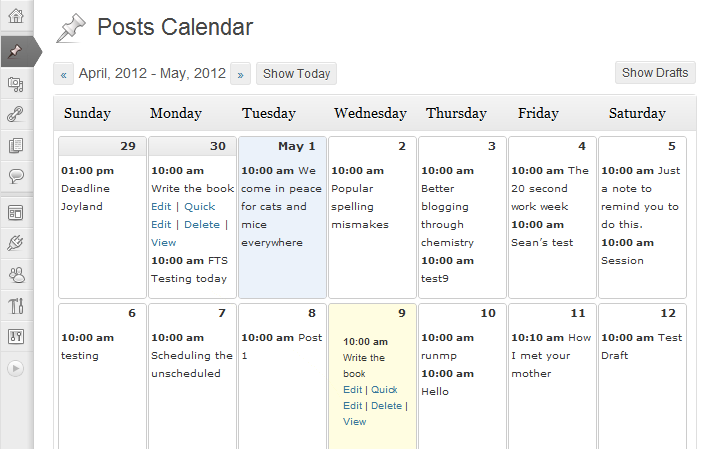
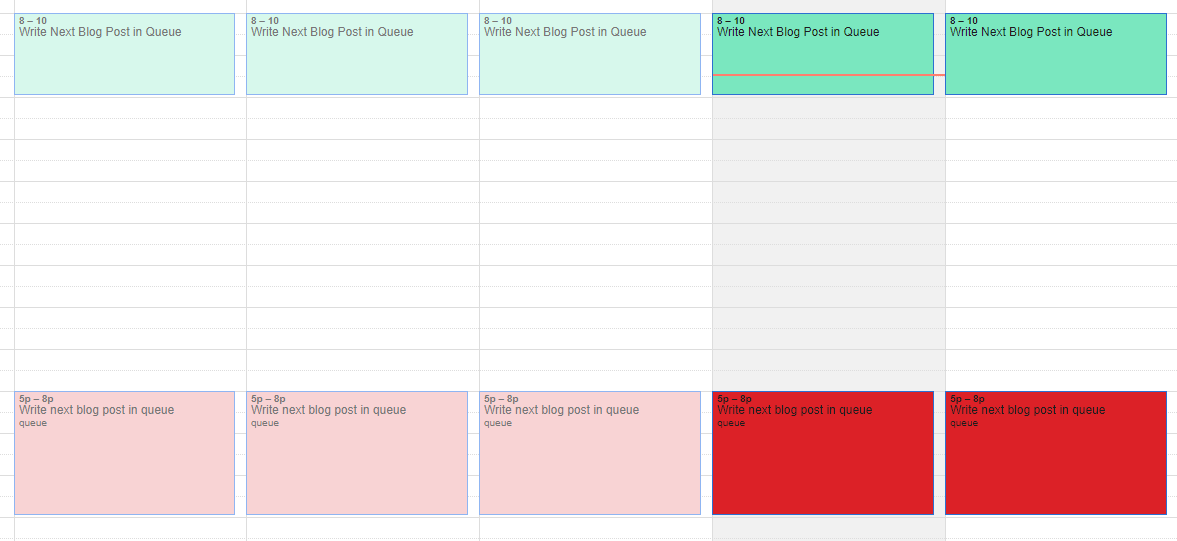


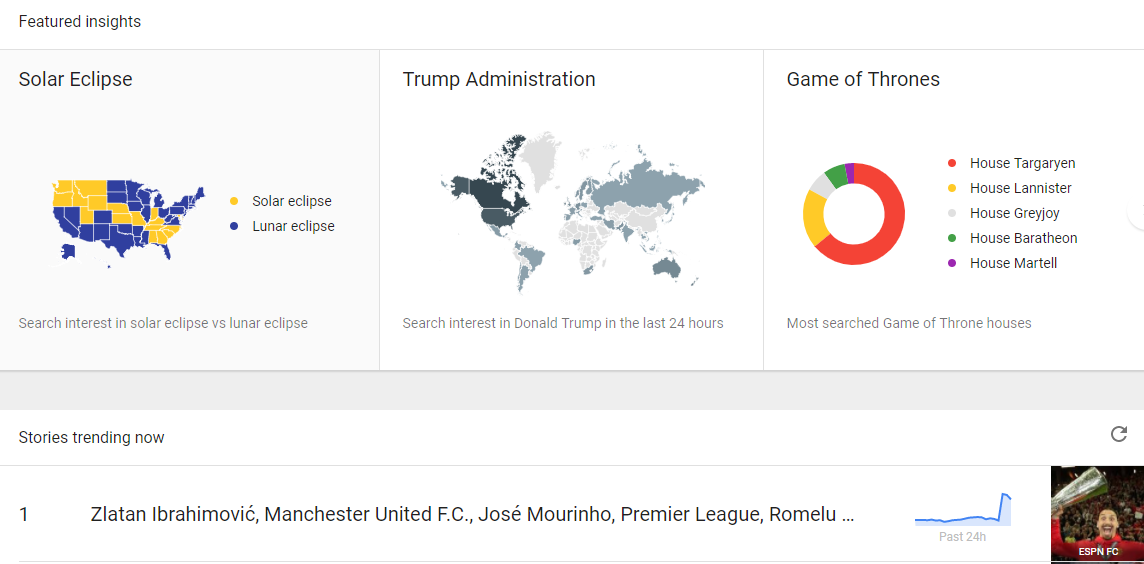
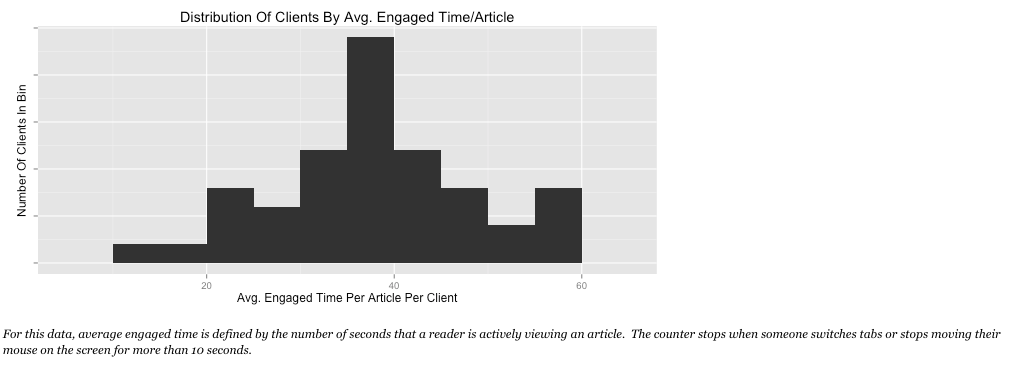
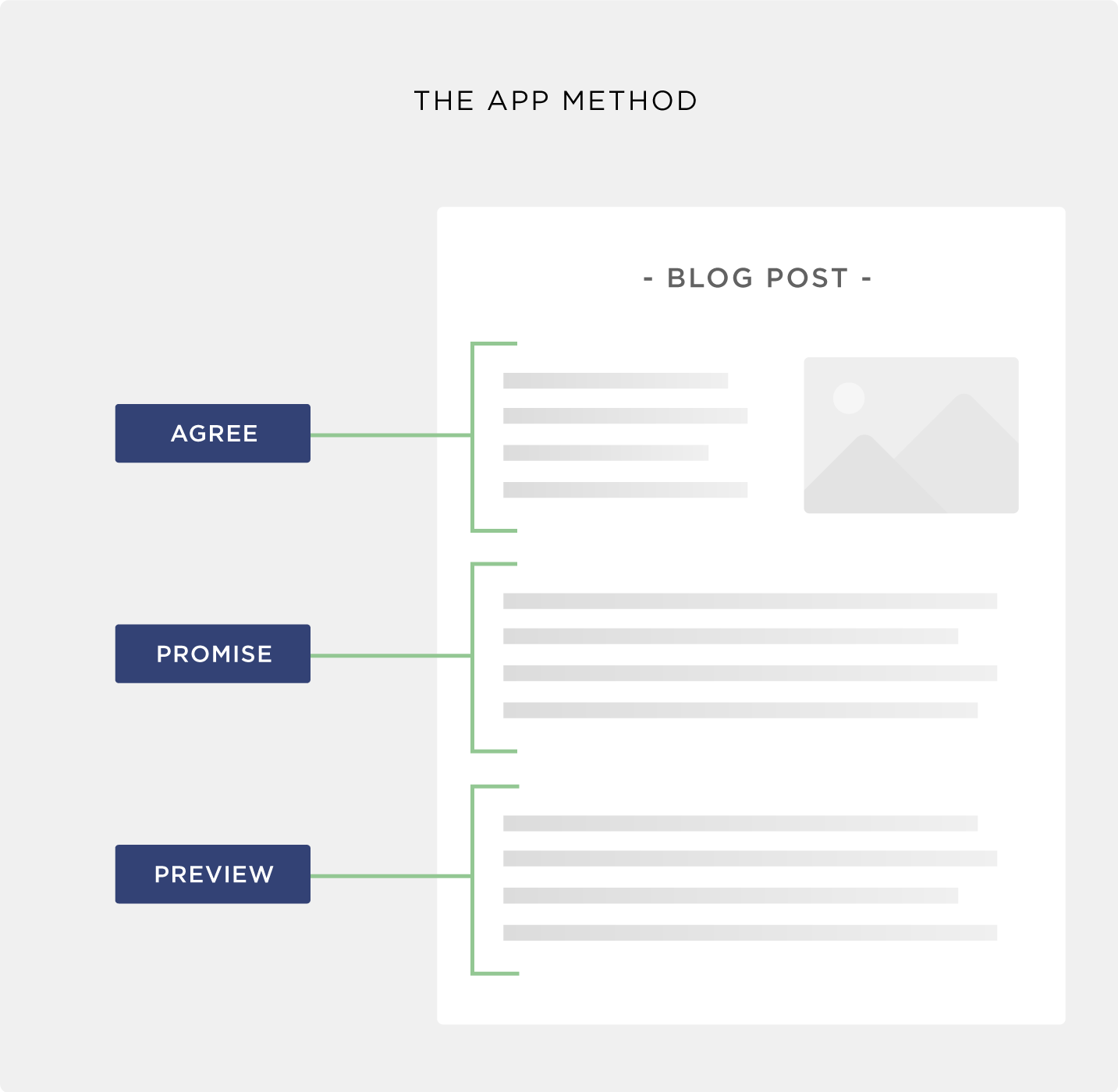
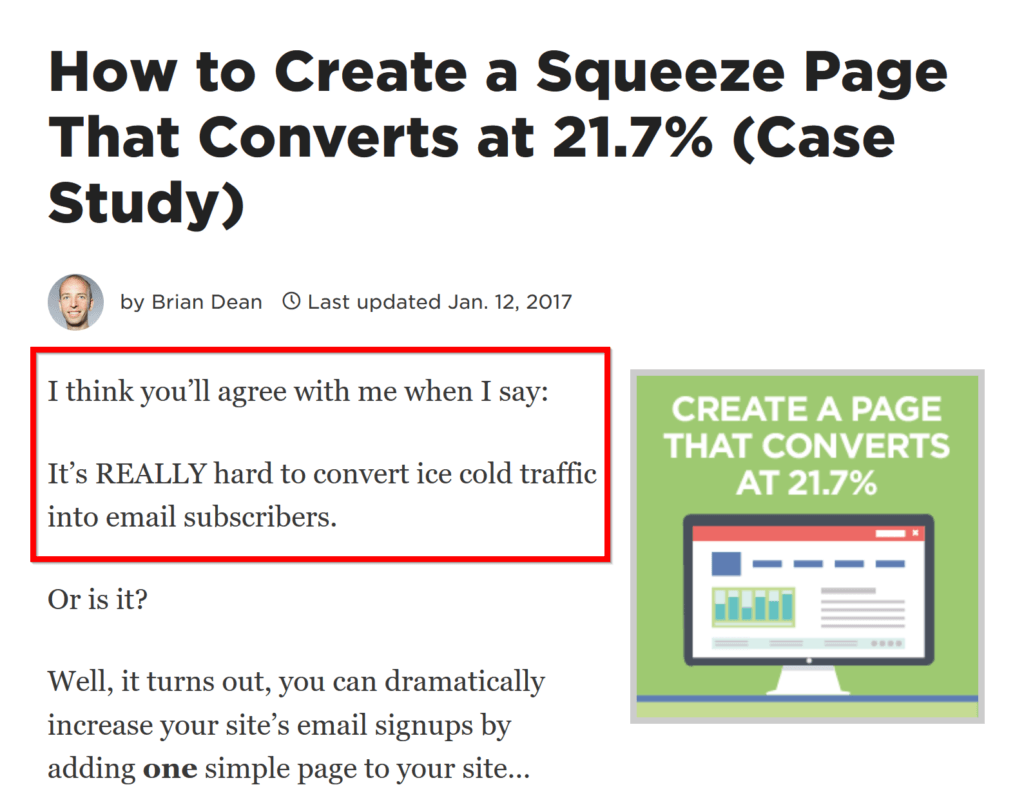
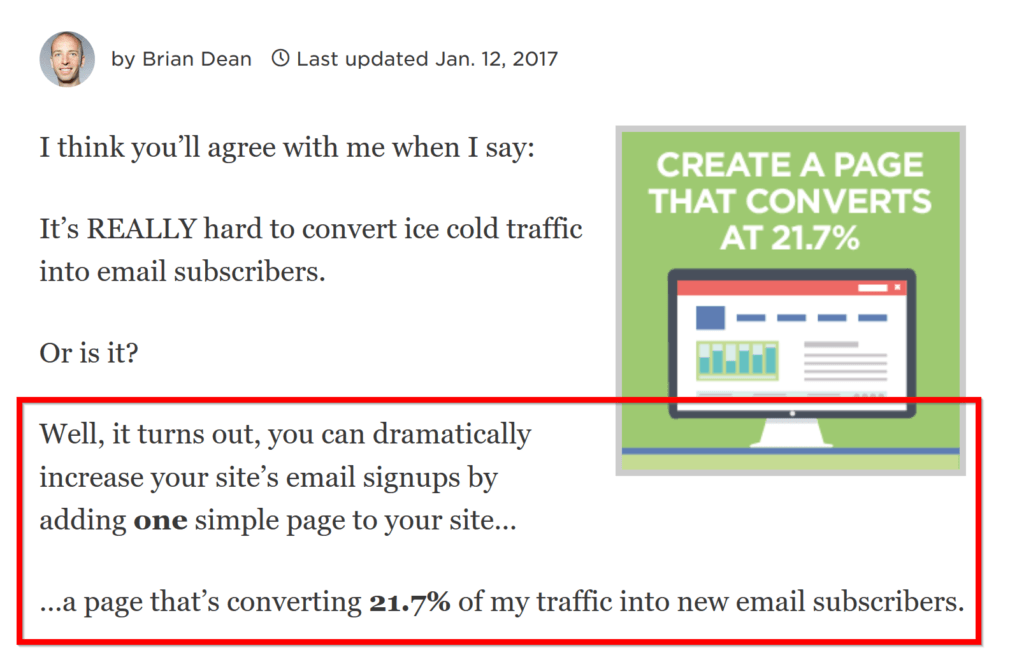

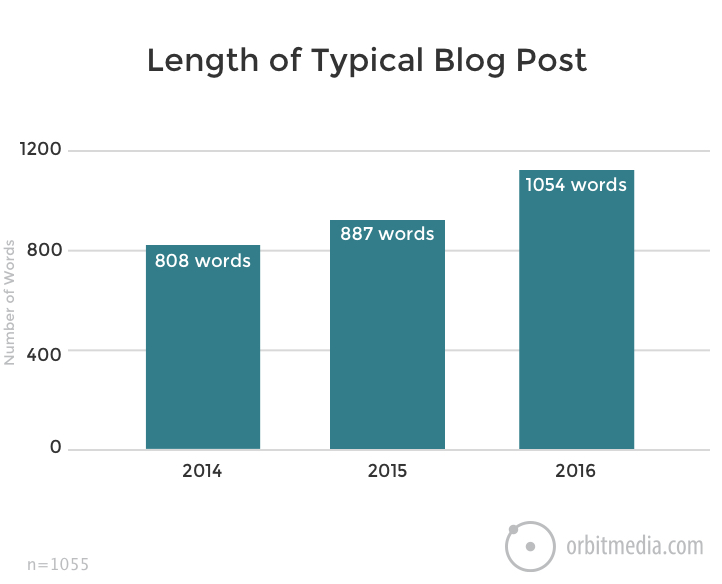




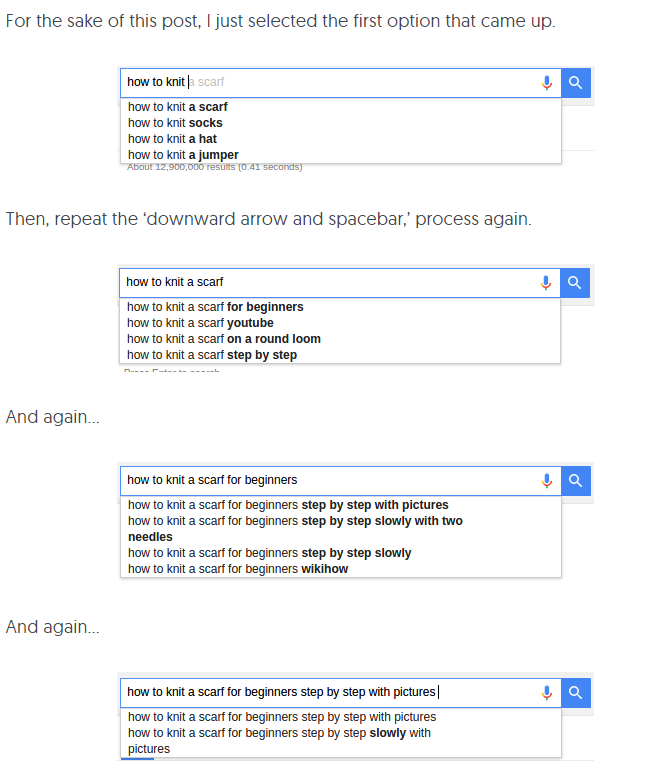

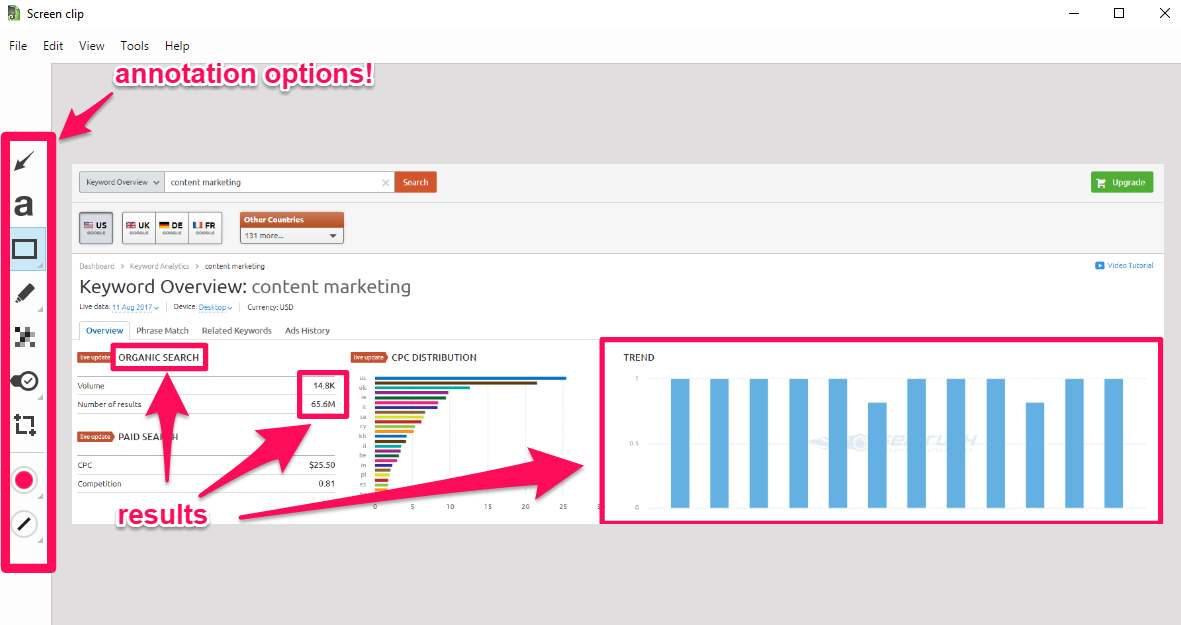
Comments (18)